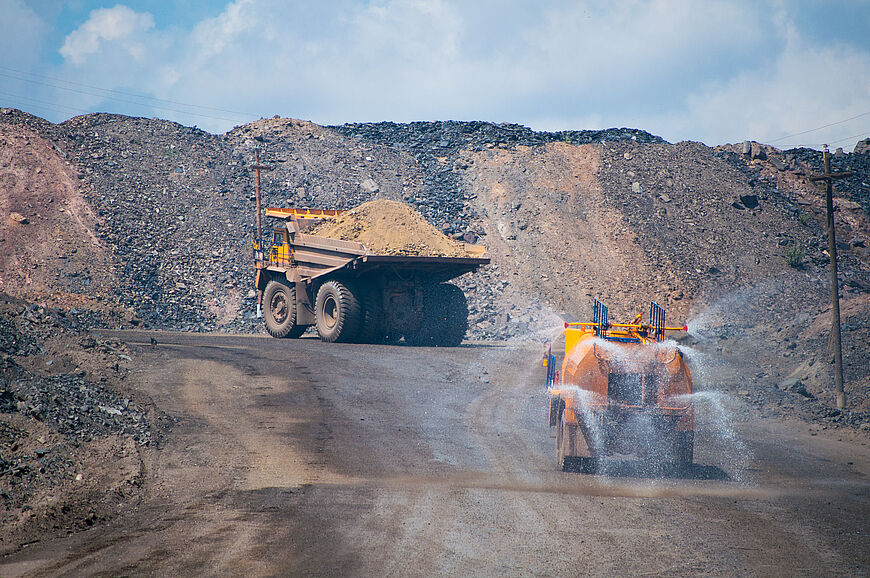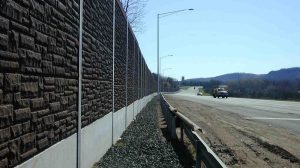
Hot and arid climates pose unique challenges for dust control. The dry, windy conditions typical of such environments exacerbate dust generation, making it difficult to maintain air quality and protect public health. Addressing dust control in these regions requires innovative and adaptive strategies. Thus, implementing solutions such as chemical suppressants, and others available on bosstek.com, means businesses can effectively manage dust. As such, effective dust control not only enhances air quality but also contributes to the overall productivity and health of workers.
Next, we explore the main challenges of dust control in hot and arid climates and the solutions to mitigate their impact.
Extreme dryness and soil instability
The inherent dryness of hot and arid climates means that soil and surface materials are often loose and highly likely to become airborne. Since these regions have little natural moisture to help bind dust particles together, construction activities, and even natural winds can easily disturb the soil. This can generate dust clouds that can travel long distances. One effective solution to counteract soil instability is the application of water or moisture-retaining agents. However, water usage must be managed carefully in arid regions where water is a precious resource. Alternatives such as chemical dust suppressants or soil stabilizers can be used to prevent dust from becoming airborne. These treatments help to reduce dust generation and preserve valuable water resources.
High winds and dust dispersion
High winds are common in hot and arid climates, significantly increasing the challenges of dust control. This not only creates local air quality issues but can also spread dust, exacerbating health risks and environmental degradation. To combat the effects of high winds, construction sites, and industrial operations can employ physical barriers such as windbreaks, fences, or berms. These structures help to reduce wind speed and capture dust particles before they can disperse widely. Additionally, using vegetative cover or planting fast-growing shrubs around high-risk areas can serve as a natural windbreak, further minimizing dust dispersion. Implementing these measures helps to control dust at its source and limit its spread.
Water scarcity and dust suppression
Although water is a commonly used dust suppression method, frequent water application to control dust is not sustainable. Especially since in these regions water is limited and must be conserved for essential uses. This necessitates the exploration of alternative dust suppression methods that are both effective and water-efficient. Chemical dust suppressants, such as polymers and surfactants, offer a viable alternative. These suppressants can be applied to soil and other surfaces to form a protective layer that binds dust particles and prevents them from becoming airborne. Additionally, innovative technologies such as fogging systems that use minimal water to create a fine mist can effectively capture dust particles in the air. These solutions provide effective dust control while conserving water resources.
Infrastructure and maintenance challenges
The harsh conditions of hot and arid climates can take a toll on infrastructure and dust control equipment. High temperatures and abrasive dust can cause wear and tear on machinery and suppression systems, leading to increased maintenance needs and operational downtime. That’s why, regular maintenance and timely replacement of equipment are crucial to ensure the effectiveness of dust control measures. Investing in durable, high-quality equipment designed to withstand harsh conditions can reduce the frequency of maintenance and extend their lifespan. Additionally, using remote monitoring and automated systems can help detect issues early and minimize disruptions to dust control efforts.
Dust control in hot and arid climates presents a complex set of challenges. However, addressing these challenges requires a multifaceted approach that combines innovative dust suppression methods and strategic planning.



